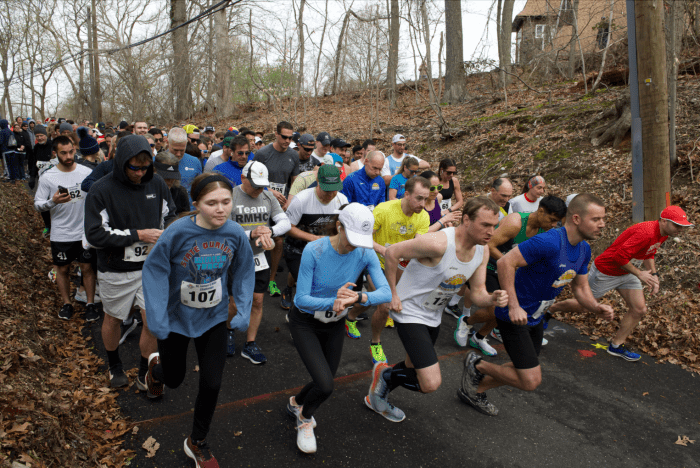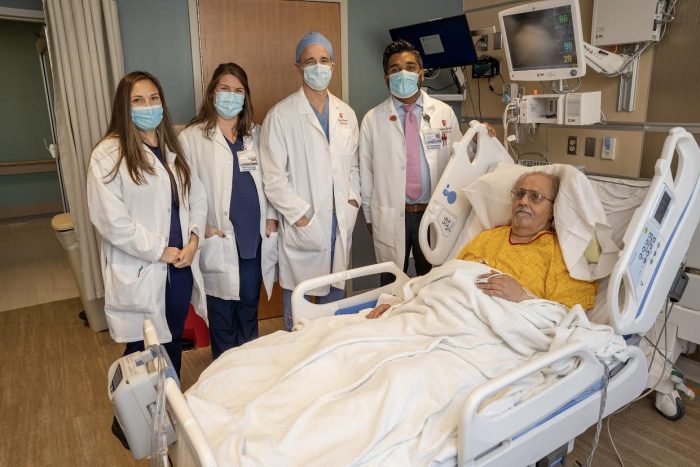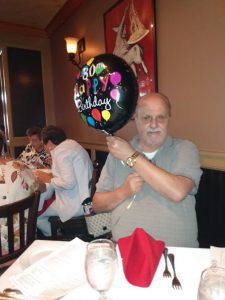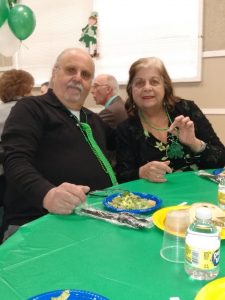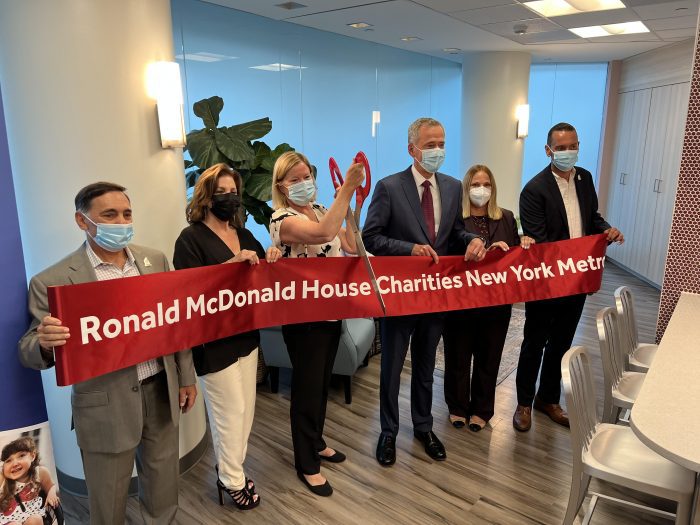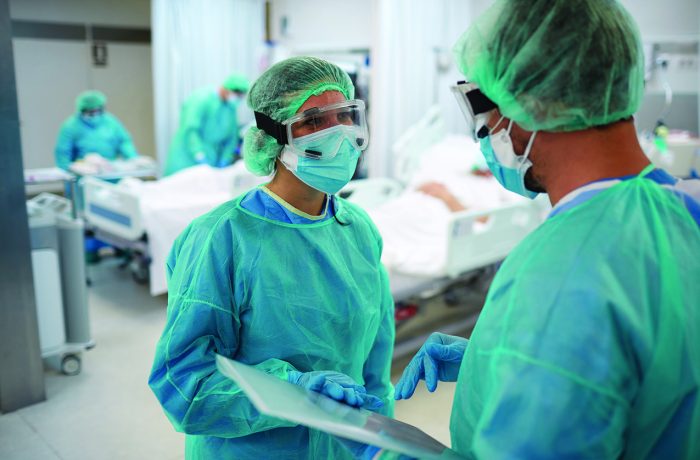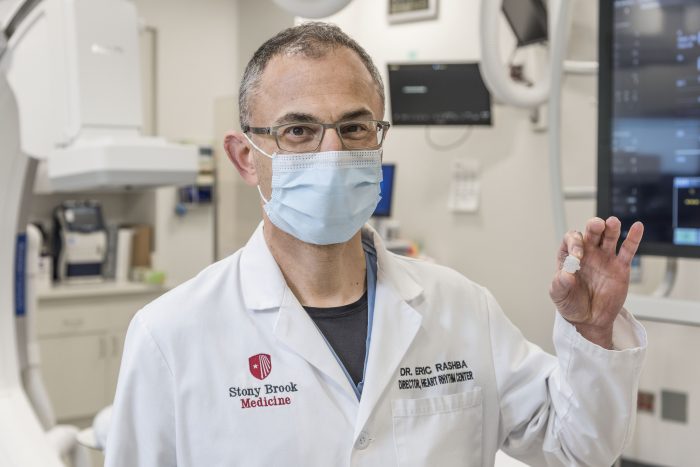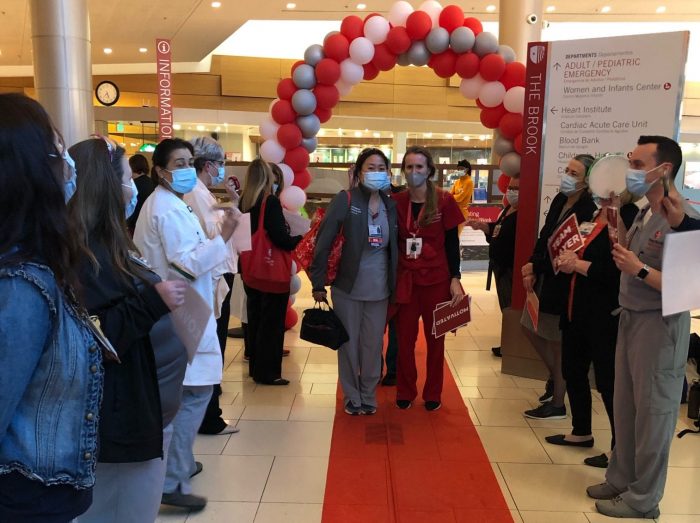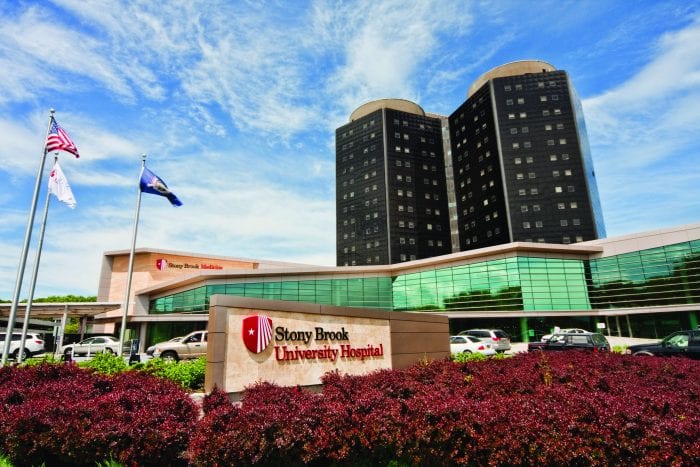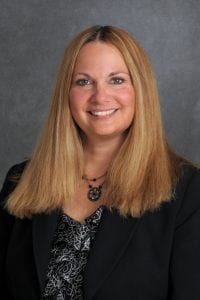By Daniel Dunaief
While the fall provides a break from the summer heat and a respite for exhausted parents who coordinate and carpool for recreational activities, it also can trigger a return to more concentrated time indoors.
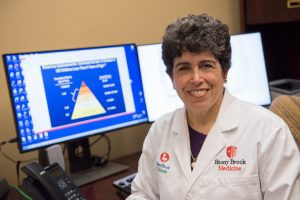
File photo
That can trigger the beginning of the flu season, as students and their families share much more than the lessons of the day and stories about teachers and classmates.
Timing shots can be a delicate balance, as the antibody coverage from these shots is typically about three months.
With the peak flu season often occurring during December and January and even into February, Dr. Sharon Nachman, Chief of the Division of Pediatric Infectious Diseases at Stony Brook Children’s Hospital, suggested that residents receive their vaccines in a few weeks.
“Getting a vaccine in October is probably the right time,” Nachman said.
Dr. Gregson Pigott, Commissioner of the Suffolk County Department of Health Services, added that the timing for Covid vaccinations is somewhat trickier.
“Because the evolution of new variants remains unpredictable, SARS-CoV2 [the virus that causes the disease] is not a typical ‘winter’ respiratory virus,” Pigott explained in an email.
The county health department recommends that residents stay up to date with their vaccinations.
“Individuals should speak with their healthcare providers for advice that is specific to them,” Pigott added.
Simultaneous shots
Doctors generally recommend receiving both shots at the same time, if people are eligible and the timing for each vaccine is right. Residents who are unsure about their eligibility should speak with their healthcare providers, Pigott explained.
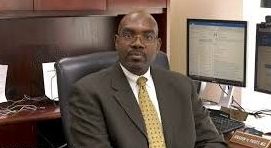
The flu and Covid are viruses that change over time, creating a battle between the pharmaceutical companies that manufacture vaccinations and the viruses that attempt to evade them.
Each year, the vaccines attempt to provide the best match against the dominant or most likely strains.
The Centers for Disease Control and Prevention “determines if the vaccine will protect against a circulating virus by conducting laboratory studies on circulating flu viruses,” Pigott explained in an email. “Updated 2024-2025 flu vaccines will be trivalent” and will protect against H1N1, H3N2 and a B/ Victoria lineage virus.
Vaccine manufacturers create immunizations based on the flu strain circulating in the southern hemisphere during the recent season.
“We expect that those are what’s going to hit us in our winter,” Nachman said. “The science is there. We know generally what types will be rolling around. We could hit or miss it by a subtype.”
Nachman added that the flu vaccines represent educated guesses about the type of microbe that might cause illnesses.
“The educated guesses are still better than no vaccine, which will, for sure, not cover you at all,” Nachman said
As for the Covid immunization, doctors added that it is also likely to change as the virus that caused the pandemic mutates.
Nachman said people should plan to get the Covid shot around once a year.
“I don’t think we’re going to go to more often” than that, Nachman said.
During the summer, when an infectious strain of Covid surged across the county, state and country, Nachman said the data is not available to determine how much protection a vaccine provided.
“Only on TV do computer models work instantly,” Nachman said.
She suspects that the Covid shot offered some protection for residents, who may not have been as sick for as long as some of those who dealt with a range of symptoms.
Concussion awareness
With the start of a new school year and the beginning of contact sports like football, school districts are continuing to ensure that coaches and athletes follow concussion protocols.
“Schools have done a nice job thinking and talking about it,” said Nachman. “Coaches know you can’t throw [student athletes] out and say, ‘You’ll do fine,’” after a head injury.
Nachman suggested that area athletes may engage in activities that are not connected to the schools and that may involve head injuries that people ignore.
“We know what’s happening with school-regulated” sport, but not with those that are outside the academic umbrella, she added.
As for the emotional or psychological impacts of a divided and bitter electorate during an election year, Nachman said people are under considerable emotional stress.
“The social media echo chamber is making it worse,” she said. The abundance of misinformation on both sides is causing mental anguish.
“Election times are very stressful and I think, in particular, this election may be even more stressful,” Nachman said.
Nachman urges people to minimize their time on social media and to create down time from electronics during meals.
As students move up a grade and into new places, they also can endure stressors, peer pressure and bullying. She suggests that parents understand what their children are seeing online.
Newborn RSV protection
Children born in March or later are eligible to receive an approved shot called Beyfortus, which, in 80 percent of cases during clinical trials, prevents the development of respiratory syncytial virus, or RSV.
The Beyfortus monoclonal antibody will make a “huge difference” for newborns and their parents, Nachman said. Last year, Stony Brook had numerous hospitalizations in children under one year of age.
“We’re not going to have those children coming into the hospital,” Nachman said. “That’s amazing and is a huge step forward.”
When newborns get RSV, doctors don’t have an effective treatment for the virus and typically treat the symptoms.
The mortality rate from RSV is low, but the morbidity is high. Newborns who contract RSV can end up developing chronic asthma.
As with any shot, Beyfortus can have side effects, with the most common including rash and pain, swelling, or hardness at the site of the injection, according to AstraZeneca and Sanofi, which manufacture the antibody.
Beyfortus is covered by insurance and is under the vaccine for children program and numerous private health insurance plans. Parents can opt out of the shot. Nachman suggested they should understand what they are opting out of when they make that decision.


